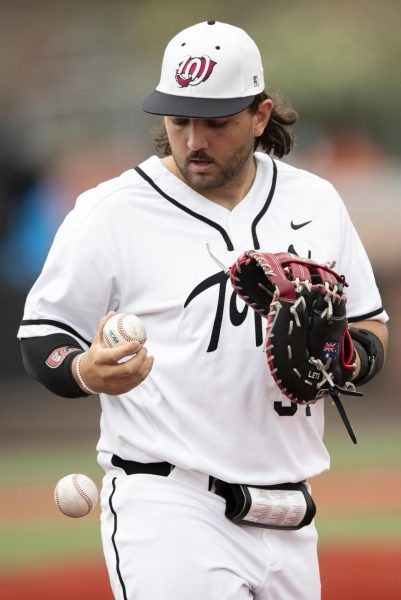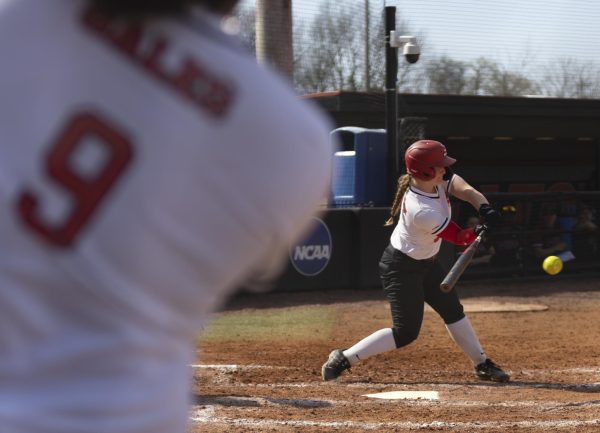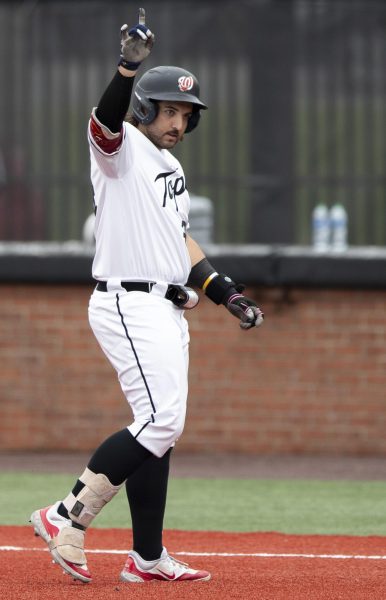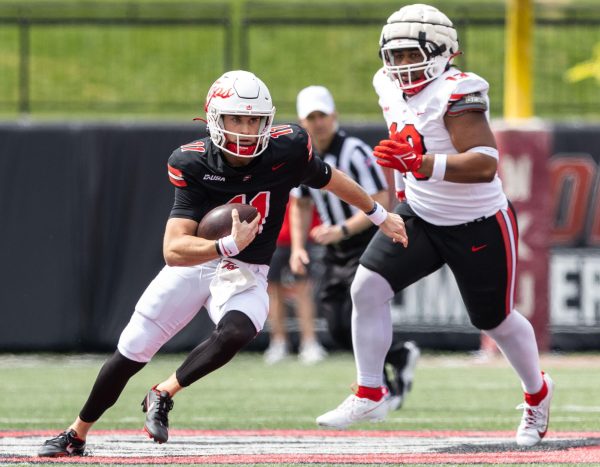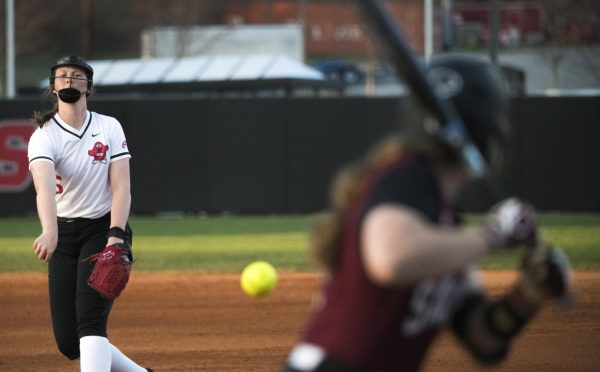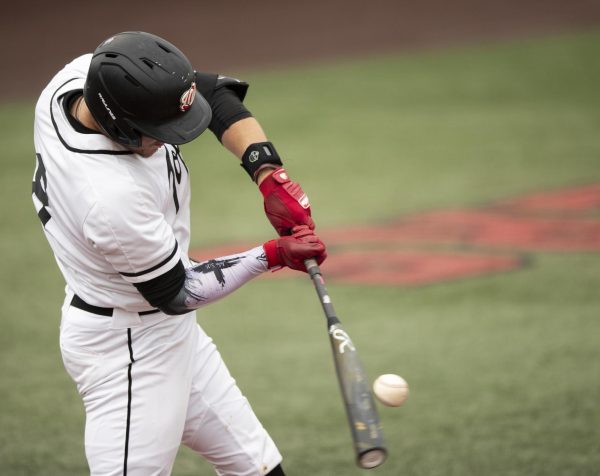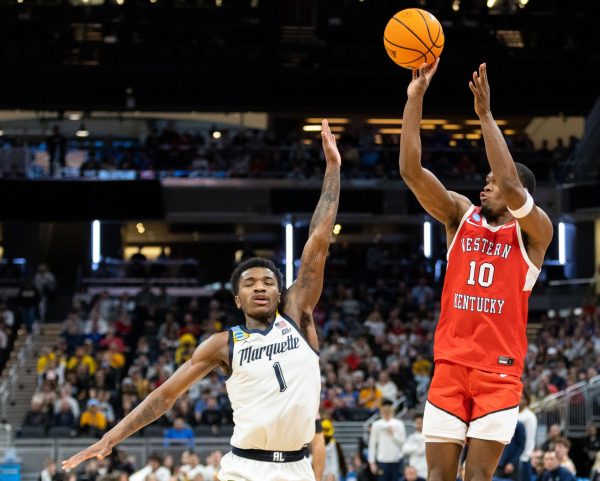FOOTBALL: Heat a concern for team in camp
August 19, 2003
Camp is what players and coaches call the two weeks of summer practice. But across the country these summer camps have led to an astounding number of deaths and heat-related injuries over recent years.
The task of grinding out two weeks of hot and humid practice while protecting players from dangerous levels of heat and dehydration is something that the NCAA has taken very seriously.
A new rule was enforced this summer limiting teams to one three-hour practice a day during the first week, and then never having two-a-day practices two days in a row.
“The new NCAA rules have really changed a lot of the things we do during the summer practices,” coach David Elson said.
Even with these new precautions in place, the first Hilltopper practice of the summer was capped off by two players requiring IVs after leaving the field.
“The biggest thing is staying hydrated, and then replenishing fluids afterwards,” head athletic trainer Bill Edwards said.
Players are required to weigh in before and after practice to help keep an eye on how much weight each of them loses during practice.
Edwards said larger players such as 345-pound offensive lineman Sean Pugh can lose 10-15 pounds during a single practice.
“Larger people with more fat are more susceptible to heat-related incidents,” Edwards said. “The players need time for climatization to happen.”
Edwards said it is considered dangerous when someone loses 3 to 5 percent of the their body weight in one practice. After weigh-outs the trainers go through the lists and mark the players that are in the dangerous levels.
While players are rarely held out of practice because of weight loss, Edwards said most players hover around 2 percent.
Elson said he allowed extra time for breaks and constant water drinking throughout the first two weeks of practice.
“Whenever we hit a certain temperature we would take even more precautions,” he said. “Doc Edwards has a bunch of gadgets that keep track of the heat and humidity.”
A sling psychrometer is one of the many instruments Edwards uses to track how vicious the elements are on the Western players.
The emphasis on drinking water is unmistakable as the tanks of water are constantly in use by any Western player not in a drill.
Every drill change or substitution results in players heading straight for the water coolers for a quick spray of chilled H2O.
While the larger players can be more susceptible to illness from the heat, the smaller players can fall victim to violent muscle cramps.
But the cause is less medical and more position-based.
“I really keep an eye on the wide receivers and the defensive backs because they have to do so much more running,” Edwards said. “But we have only had a couple of guys go down with really bad cramps.”
As if the natural elements aren’t enough of a hazard, coaches and trainers have to deal with players trying to get an edge by taking supplements.
One supplement that has been subjected to negative notoriety recently is Ephedrine. The NCAA has now placed Ephedrine on its list of banned drugs.
Edwards said he doesn’t know if any players are currently using any harmful supplements, but he acknowledged that he’s sure players have done it in the past.
Players can actually bring their supplements to Edwards and he can find out if there are any dangerous or banned ingredients. He has a list of about a 100 banned drugs.
“We really work to keep the players educated about what these things can do to their bodies,” Edwards said.
Summer camp ended with a scrimmage last Saturday and Edwards said this year was very successful.
“We really didn’t have many problems at all,” he said. “The rule changes have got to be better on the players’ bodies and it helps prevent injuries.”
Reach Danny Schoenbaechler at [email protected]
















